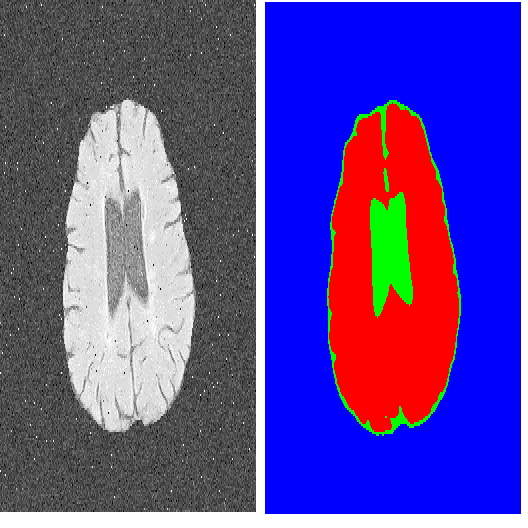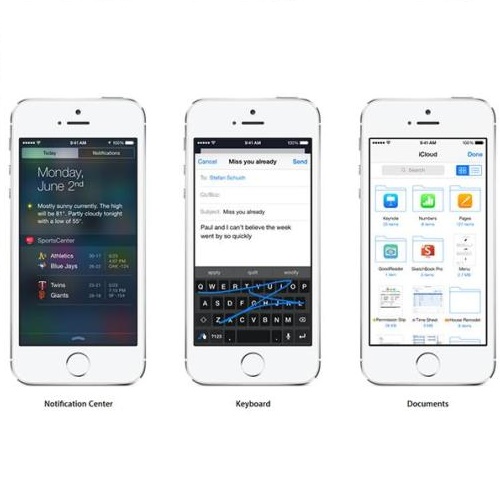Deep learning has brought the most profound contribution towards biomedical image segmentation to automate the process of delineation in medical imaging. To accomplish such task, the models are required to be trained using huge amount of annotated or labelled data that highlights the region of interest with a binary mask. However, efficient generation of the annotations for such huge data requires expert biomedical analysts and extensive manual effort. It is a tedious and expensive task, while also being vulnerable to human error. To address this problem, a self-supervised learning framework, BT-Unet is proposed that uses the Barlow Twins approach to pre-train the encoder of a U-Net model via redundancy reduction in an unsupervised manner to learn data representation. Later, complete network is fine-tuned to perform actual segmentation. The BT-Unet framework can be trained with a limited number of annotated samples while having high number of unannotated samples, which is mostly the case in real-world problems. This framework is validated over multiple U-Net models over diverse datasets by generating scenarios of a limited number of labelled samples using standard evaluation metrics. With exhaustive experiment trials, it is observed that the BT-Unet framework enhances the performance of the U-Net models with significant margin under such circumstances.
翻译:深入的学习为生物医学图像分割带来了最深刻的贡献,使医学成像的划界过程自动化。为了完成这一任务,模型需要使用大量附带说明或贴标签的数据进行培训,这些数据以二元面罩突出引起关注的区域。然而,高效生成这类巨大数据的说明需要生物医学专家分析家和广泛的人工努力。这是一项乏味和昂贵的任务,同时也容易发生人为错误。为了解决这个问题,一个自我监督的学习框架,建议BT-Unet采用巴洛双胞胎方法,通过以不受监督的方式减少冗余来预设UNet模型的编码。随后,对完整的网络进行精细调整,以便实际进行分解。BT-Unet框架可以使用数量有限的附加说明的样本来培训,同时有大量未经说明的样本,这在现实世界问题中大都是如此。这个框架经过多个UNet模型的验证,通过利用标准评价指标生成数量有限的贴标签的样本来预设情景来学习数据。随后,对完整的网络进行精细的改造,以便进行实际分解分解分析。在这种模型下,可以加强BT-U的绩效。




